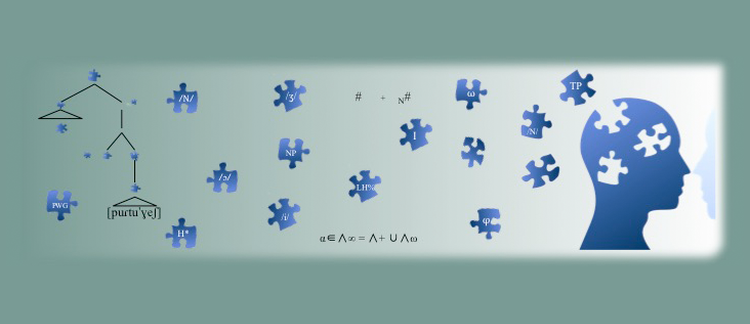Abstract
This study examines qualitative differences in children’s orthographic knowledge and their ability to develop and test hypotheses about an unknown word in two languages, Brazilian Portuguese and English. A cross-linguistic comparison allows examination of the nature of children’s spelling development under different orthographic conditions. 81 Brazilian children in grades 2, 3 and 4 (i.e. aged 9, 10 and 11 years) and 95 English children in the equivalent school grades were asked to play the game ‘Hangman’ with 4 and 5 letter words. They were also asked to justify their selection of letters. There was greater heterogeneity in the Brazilian children’s responses than in the English children’s responses across word lengths and syllabic patterns. This is interpreted in terms of the Brazilian children’s sensitivity to syllabic patterns. Children’s justifications indicated that in all three grades and in both deep and shallow orthographies they made use of lexical and non-lexical strategies.
How to Cite
Correa, J., MacLean, M., Meireles, E., Lopes, T. & Glockling, D., (2007) “Using Spelling Skills in Brazilian Portuguese and English”, Journal of Portuguese Linguistics 6(2), 61-82. doi: https://doi.org/10.5334/jpl.140
690
Views
179
Downloads
8
Citations
